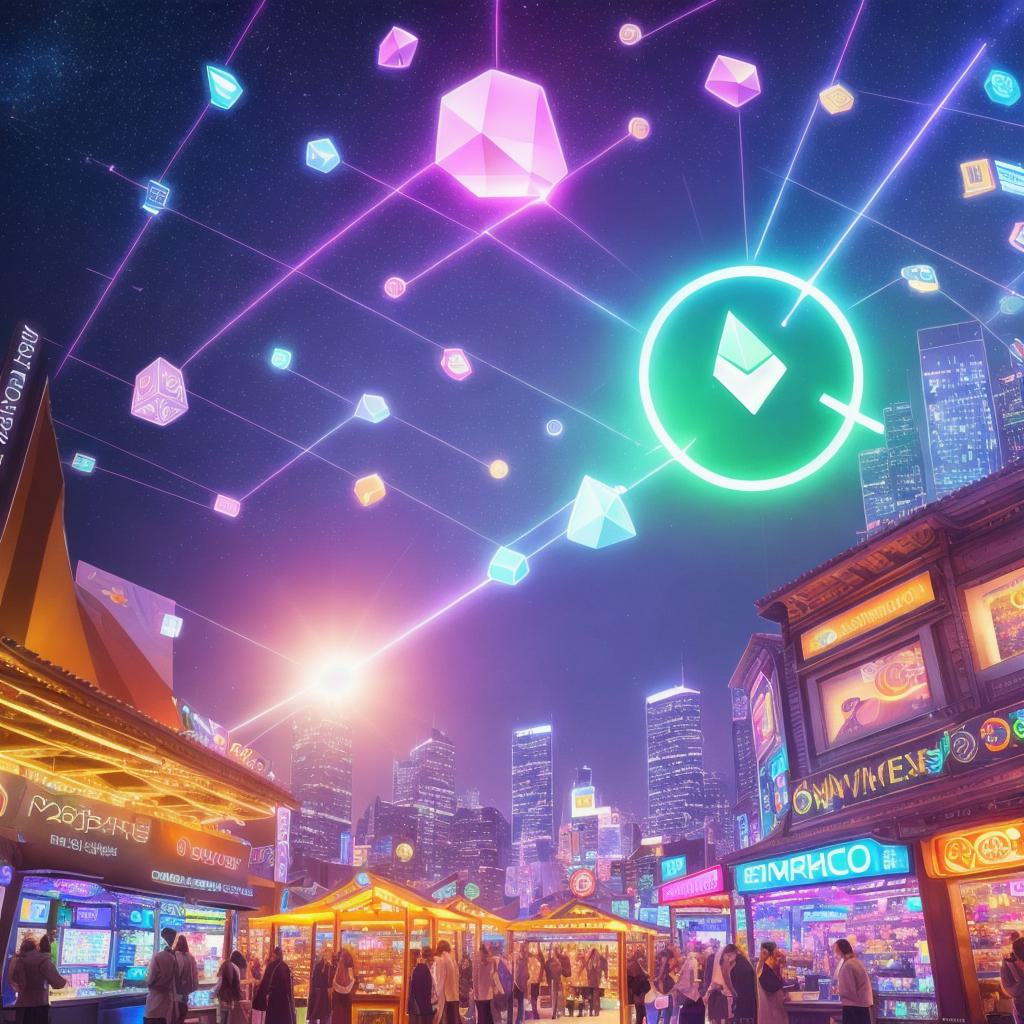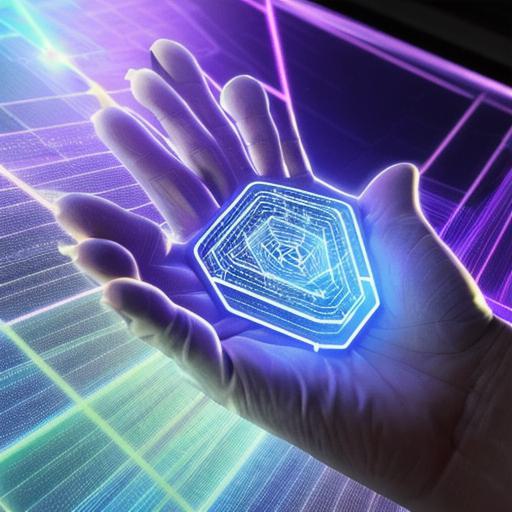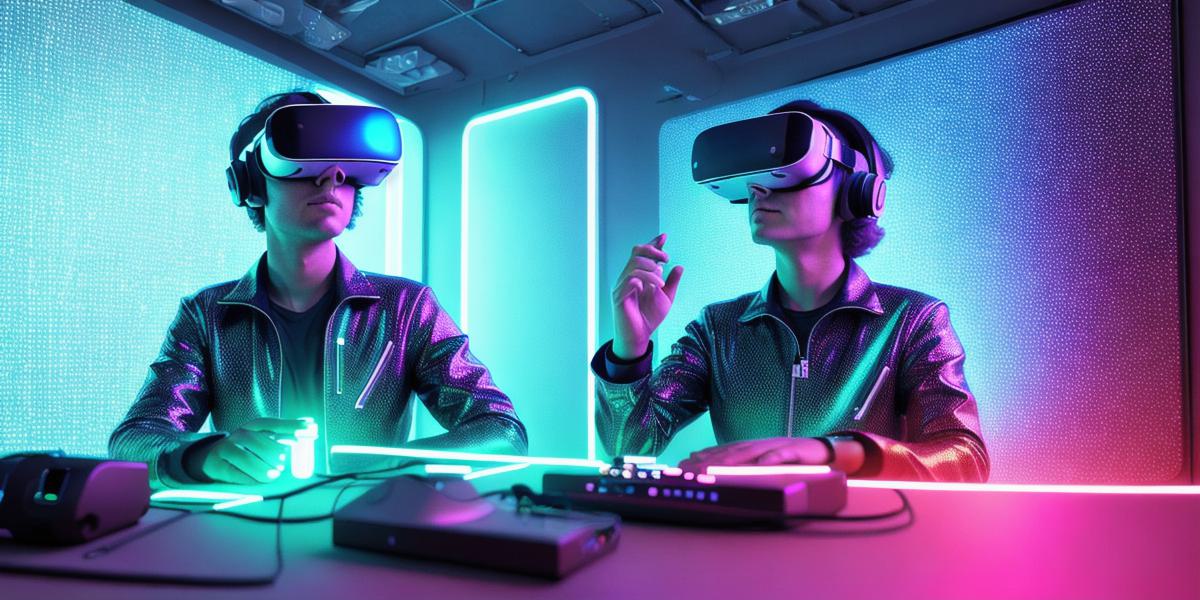The Metaverse, a term coined by Neal Stephenson in his 1992 science fiction novel "Snow Crash," refers to a collective virtual shared space, created by the convergence of virtually enhanced physical reality and physically persistent virtual reality.
But is it tangible or just a virtual concept?
Let’s explore this question.
What is the Metaverse?
The Metaverse is not a single entity but rather a network of interconnected 3D virtual worlds, each with its unique features and functionalities. These virtual environments can be accessed through specialized hardware like Virtual Reality (VR) headsets or Augmented Reality (AR) glasses. Users can interact with others, build structures, participate in events, and even create their businesses within these virtual spaces.
Virtual vs Tangible

The primary difference between a virtual concept and a tangible reality lies in the fact that the former is intangible, while the latter has a physical presence. Virtual concepts are based on computer-generated data, while tangible realities are based on physical objects or phenomena.

However, the Metaverse challenges this traditional dichotomy by blending elements of both virtual and tangible worlds. For instance, virtual items can be bought, sold, and even physically transported to other users in the Metaverse through blockchain technology. This process is known as non-fungible token (NFT) transactions.
Examples of Tangible Aspects in the Metaverse
-
Virtual Real Estate: Some Metaverses, like Decentraland and The Sandbox, allow users to buy, sell, and develop virtual real estate. These parcels are represented by unique digital tokens on a blockchain, making them a tangible asset within the Metaverse.
-
Virtual Currencies: Cryptocurrencies such as Ethereum and Bitcoin serve as virtual currencies in the Metaverse, enabling users to buy goods and services from other users or merchants within these virtual worlds.
-
Interaction with Other Users: Virtual interactions between users, like attending concerts or social events, can create tangible memories and relationships that last beyond the Metaverse experience.
**Summary: The Metaverse – Bridging the Gap**
The Metaverse is an ever-evolving digital landscape where virtual concepts and tangible realities intertwine to create new experiences and opportunities for its users. By continually pushing the boundaries of technology, we can expect the Metaverse to become a more immersive and tangible reality in the future. So, while it may not be a traditional tangible reality, it is definitely more than just a virtual concept.
In essence, the Metaverse offers an innovative solution for bridging the gap between the digital and physical worlds, allowing users to engage with each other and their environments in new and unprecedented ways.
